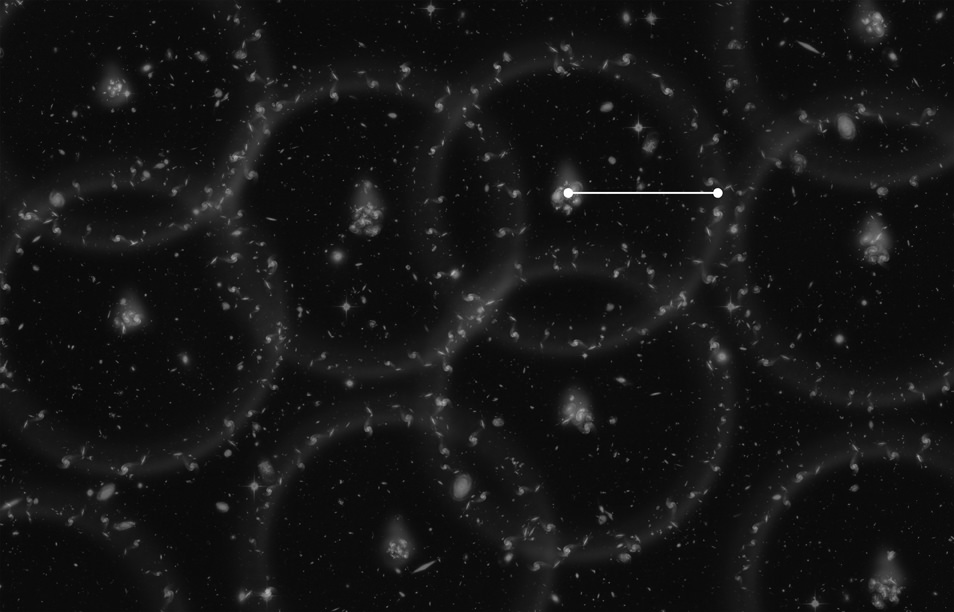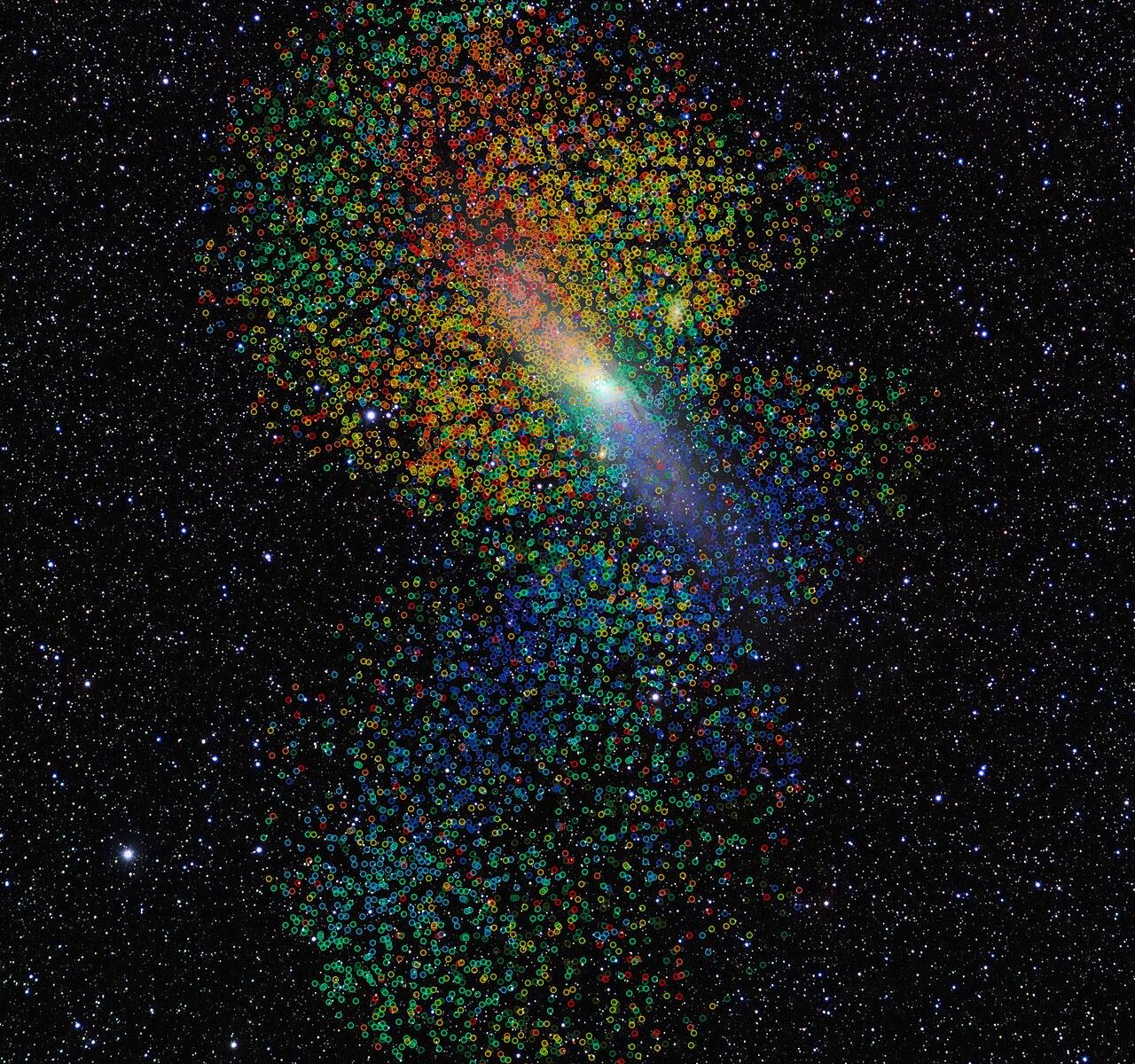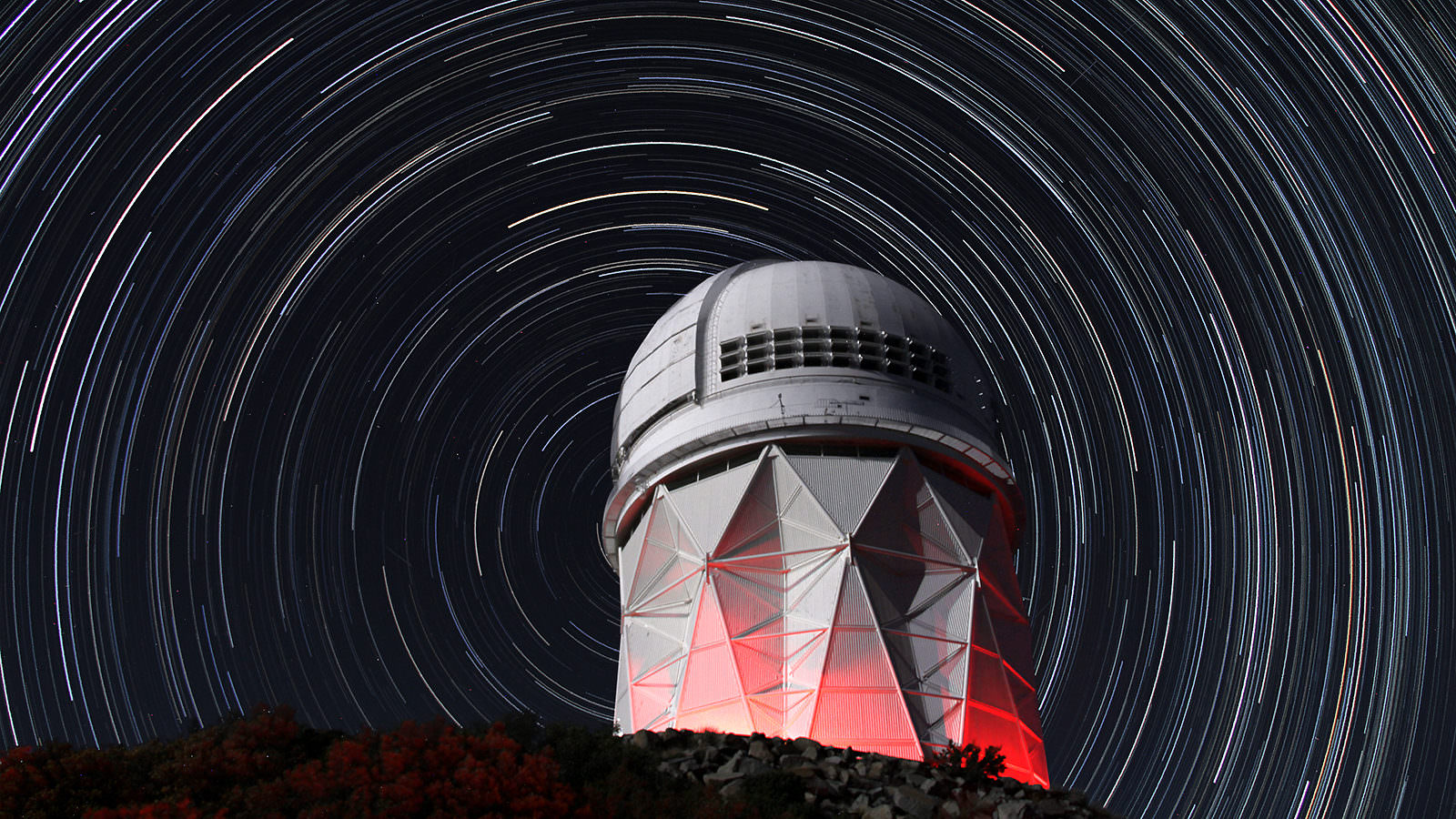Measuring cosmic distances is a major challenge thanks to the fact that we live in a relativistic Universe. When astronomers observe distant objects, they are not just looking through space but also back in time. In addition, the cosmos has been expanding ever since it was born in the Big Bang, and that expansion is accelerating. Astronomers typically rely on one of two methods to measure cosmic distances (known as the Cosmic Distance Ladder). On the one hand, astronomers rely on redshift measurements of the Cosmic Microwave Background (CMB) to determine cosmological distances.
Conversely, they will rely on local observations using parallax measurements, variable stars, and supernovae. Unfortunately, there is a discrepancy between redshift measurements of the CMB and local measurements, leading to what is known as the Hubble Tension. To address this, a team of astronomers from several Chinese universities and the University of Cordoba conducted a two-year statistical analysis of one million galaxies. From this, they’ve developed a new technique that relies on Baryon Acoustic Oscillations (BAO) to determine distances with a greater degree of precision.
Continue reading “Another New Way to Measure Distance in the Universe: Baryon Acoustic Oscillations”






